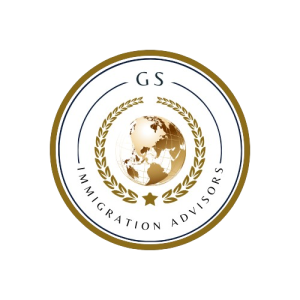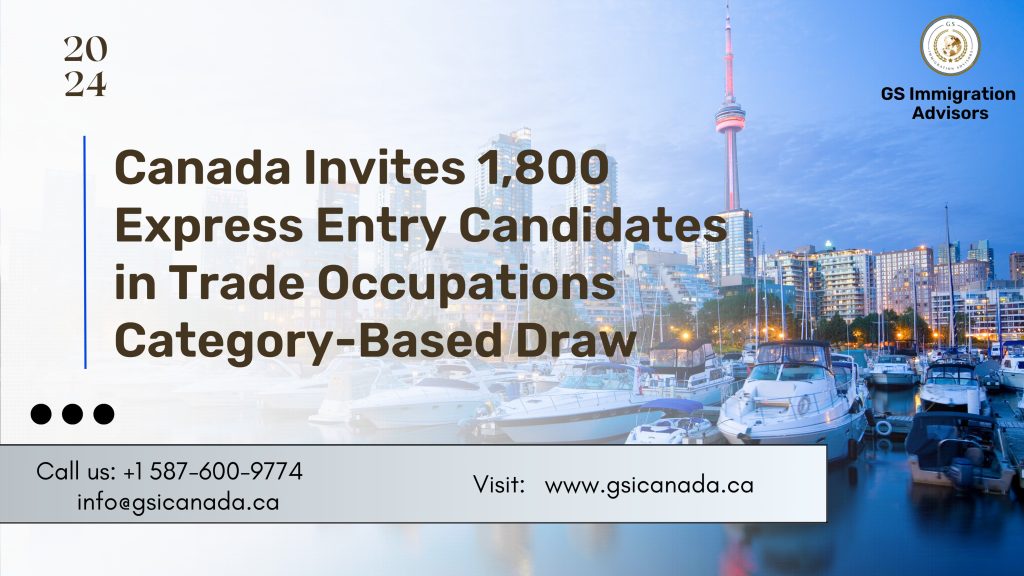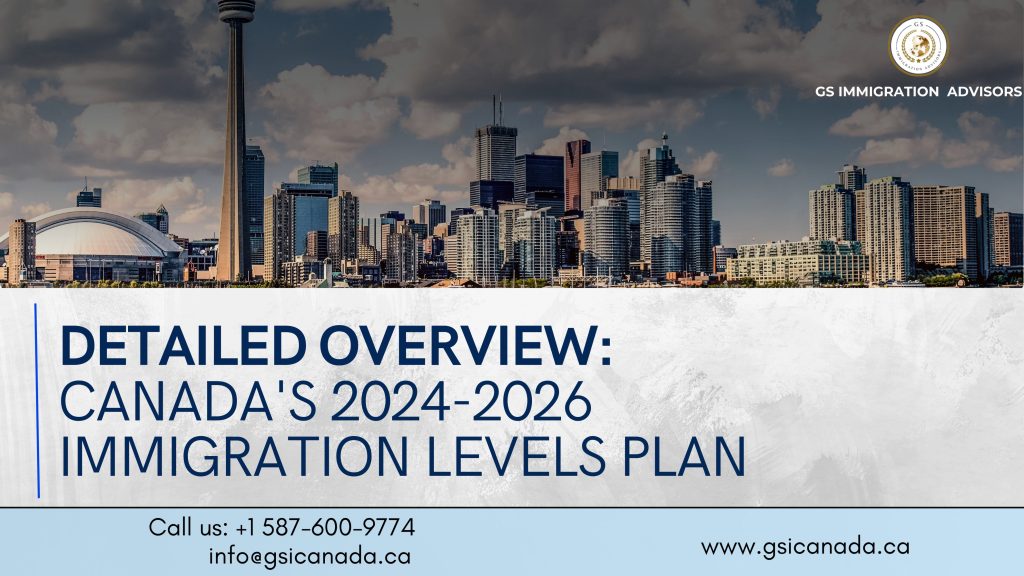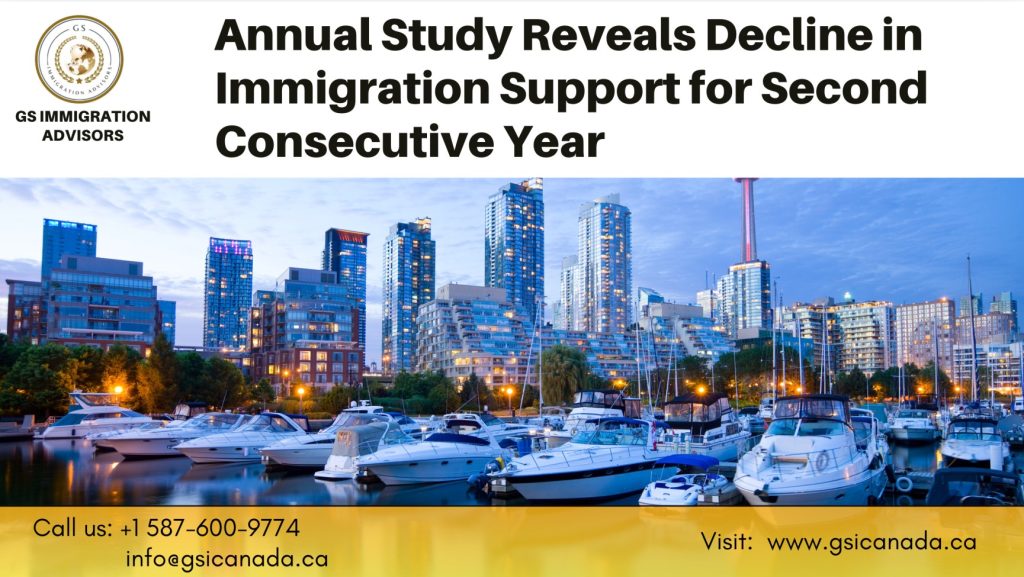“Canada Plans 20% Cut in Immigration for 2025: What You Need to Know”
Canada’s Immigration Policy Update On October 24, the Canadian government announced changes to its Immigration Levels Plan, significantly reducing targets for both permanent and temporary resident admissions over the next three years. Discover if You Are Eligible for Canadian Immigration Permanent Resident Targets The updated targets for permanent resident admissions are as follows: 2025: 395,000 (revised down from 485,000 for 2024 and the previous target of 500,000 for 2024-2026). 2026: 380,000 (down from the earlier 500,000 target). 2027: 365,000. Despite the overall reduction in immigration targets, the government plans to maintain a focus on economic immigration, with economic immigration targets for 2025 decreasing only 17% (from 281,000 to 232,000). Over 40% of these economic immigrants are expected to transition from temporary resident status already in Canada. Prime Minister Justin Trudeau highlighted the importance of immigration to the Canadian economy, stating, “It’s made our economy the envy of the world.” The government has set out the following breakdown of permanent resident admissions for the next three years: Immigration Category 2025 2026 2027 Total PR admissions and ranges 395,000 (367,000 – 436,000) 380,000 (352,000 – 416,000) 365,000 (338,000 – 401,000) French-speaking admissions outside of Quebec 8.5% (29,325) 9.5% (31,350) 10% (31,500) Economic Immigration 232,150 (215,000 – 256,000) 229,750 (214,000 – 249,000) 225,350 (207,000 – 246,000) Family Reunification 94,500 (88,500 – 102,000) 88,000 (82,000 – 96,000) 81,000 (77,000-89,000) Refugees, Protected Persons, Humanitarian and Compassionate, and Other 68,350 (63,500 – 78,000) 62,250 (56,000 – 71,000) 58,650 (54,000 – 66,000) Changes to Provincial Nominee Programs (PNPs) The new plan includes significant cuts to the targets for Provincial Nominee Program admissions, with a reduction of approximately 50%: 2025: 55,000 (down from 110,000 for 2024 and 120,000 for 2025). 2026: 55,000 (previously 120,000). 2027: 55,000. This marks a considerable shift in the federal government’s immigration policy. Federal High-Skilled Economic Immigration Increase In contrast to the cuts in PNP targets, the federal government is increasing the targets for federal high-skilled programs, which are managed through Express Entry: 2025: 124,680 (up from 110,770 for 2024 and 117,500 for 2025). 2026: 123,230 (increased from 117,500). 2027: 118,730. These figures were calculated by summing the “Federal Economic Priorities” and “In-Canada Focus” categories from this year’s supplementary information. Focus on French-Speaking Immigrants Outside Quebec The federal government aims to boost the proportion of French-speaking immigrants settling outside Quebec: 2025: 8.5% 2026: 9.5% 2027: 10% Temporary Resident Admissions For the first time, the Immigration Levels Plan includes specific targets for temporary resident admissions. The government plans to reduce the proportion of temporary residents from 7% to 5% of Canada’s total population by the end of 2026. The expected decline in temporary residents is attributed to a reduction in work permits issued under the International Mobility Program (IMP) and the expiration of existing temporary resident statuses: 2025: 285,750 work permits under IMP. 2026: 128,700 work permits under IMP (significant reduction). Work permits under the Temporary Foreign Worker Program (TFWP) will remain stable at 82,000 per year for the next three years. The government has proposed the following breakdown for admissions of temporary residents in Canada for the next three years: In an unusual move, Prime Minister Justin Trudeau took the lead in kicking off the announcement – which is normally handled by the Immigration Minister. Trudeau lauded Canadian immigration, saying “It’s made our economy the envy of the world.” Immigration Category 2025 2026 2027 Total PR admissions and ranges 395,000 (367,000 – 436,000) 380,000 (352,000 – 416,000) 365,000 (338,000 – 401,000) French-speaking admissions outside of Quebec 8.5% (29,325) 9.5% (31,350) 10% (31,500) Economic Immigration 232,150 (215,000 – 256,000) 229,750 (214,000 – 249,000) 225,350 (207,000 – 246,000) Family Reunification 94,500 (88,500 – 102,000) 88,000 (82,000 – 96,000) 81,000 (77,000-89,000) Refugees, Protected Persons, Humanitarian and Compassionate, and Other 68,350 (63,500 – 78,000) 62,250 (56,000 – 71,000) 58,650 (54,000 – 66,000) 2024 Cap on Study Permit Applications In a bid to manage the growing number of foreign nationals on study permits, the IRCC announced a cap on international student admissions: A maximum of 360,000 new study permits for undergraduate and college students in 2024. This policy will now be a permanent feature of Canada’s international student program and will also apply to master’s and PhD students. Reforms to the Temporary Foreign Worker Program The TFWP has faced scrutiny, and Prime Minister Trudeau condemned businesses for “exploiting cheap foreign labour.” As a result, the government has made several changes: Suspension of processing Labour Market Impact Assessments (LMIAs) for the low-wage stream in Montreal and other metropolitan areas with an unemployment rate of 6% or higher. A reduction in the length of TFWP work permits for low-wage jobs from two years to one year. Other Measures to Reduce Work Permit Numbers On September 18, Minister Miller outlined changes expected to yield the following reductions over the next three years: 300,000 fewer study permits 175,000 fewer Post-Graduation Work Permits (PGWPs) 150,000 fewer spousal open work permits Key changes include: PGWPs will only be available to graduates from programs aligned with in-demand jobs. A language test will be required for PGWPs. Master’s programs must last at least 18 months for spouses of students to qualify for spousal open work permits. Graduates from specific bachelor’s, master’s, and PhD programs will still be eligible for PGWPs regardless of their field of study, but college graduates will need a Canadian Language Benchmark (CLB) of 5, while university graduates will require a CLB of 7. Understanding the Immigration Levels Plan The Immigration Levels Plan is the government’s official outline for its immigration strategy, including annual targets for the coming years. Although the overall targets for new permanent residents have decreased, the 2025 targets still exceed pre-pandemic levels. It is important to note that the Plan does not account for all foreign nationals staying in Canada long-term, such as asylum seekers or those on super visas. Rationale Behind the Changes Minister Miller described these adjustments as representing a “middle of the road” approach, asserting that the government has a “controlled immigration plan that we can










